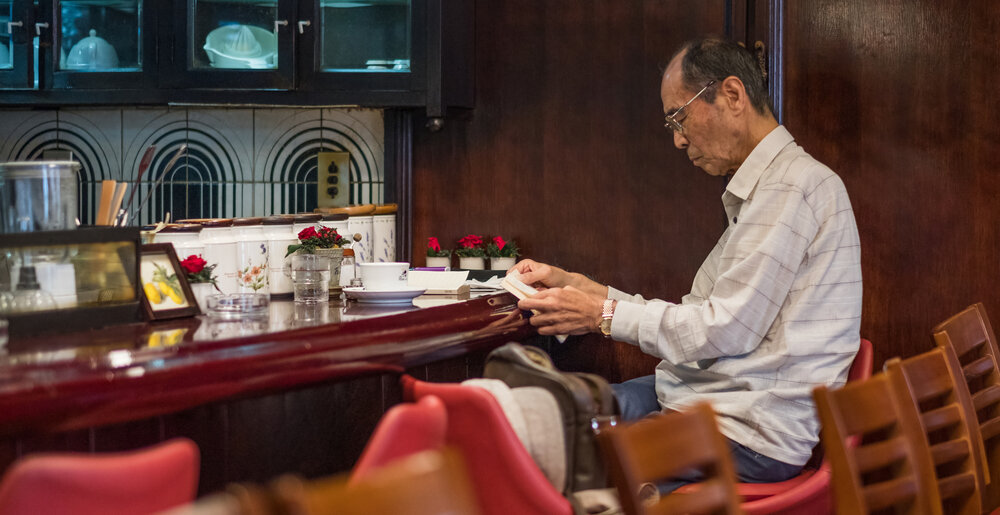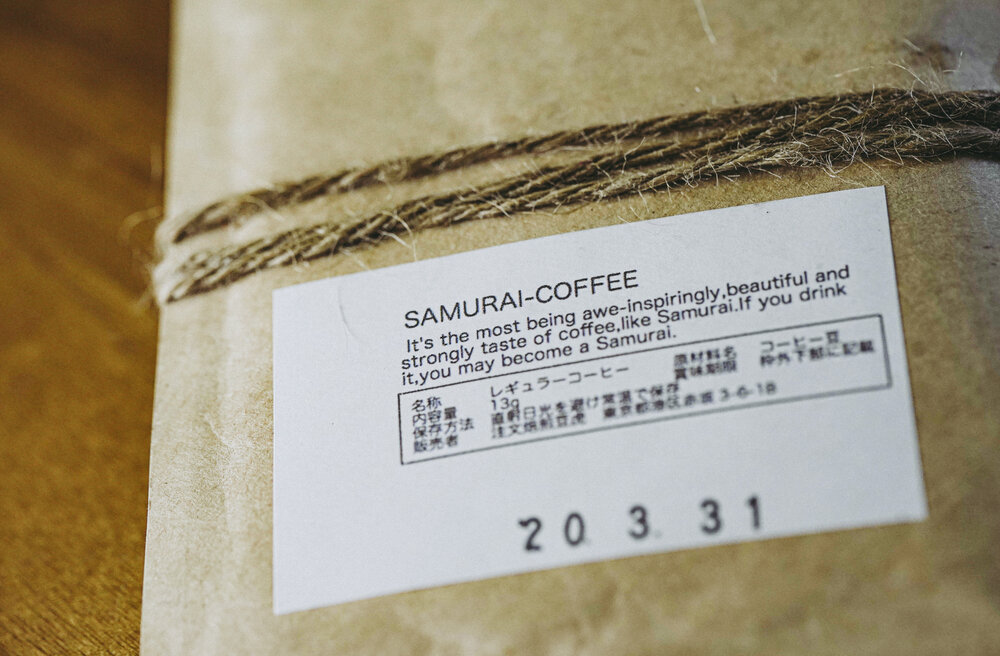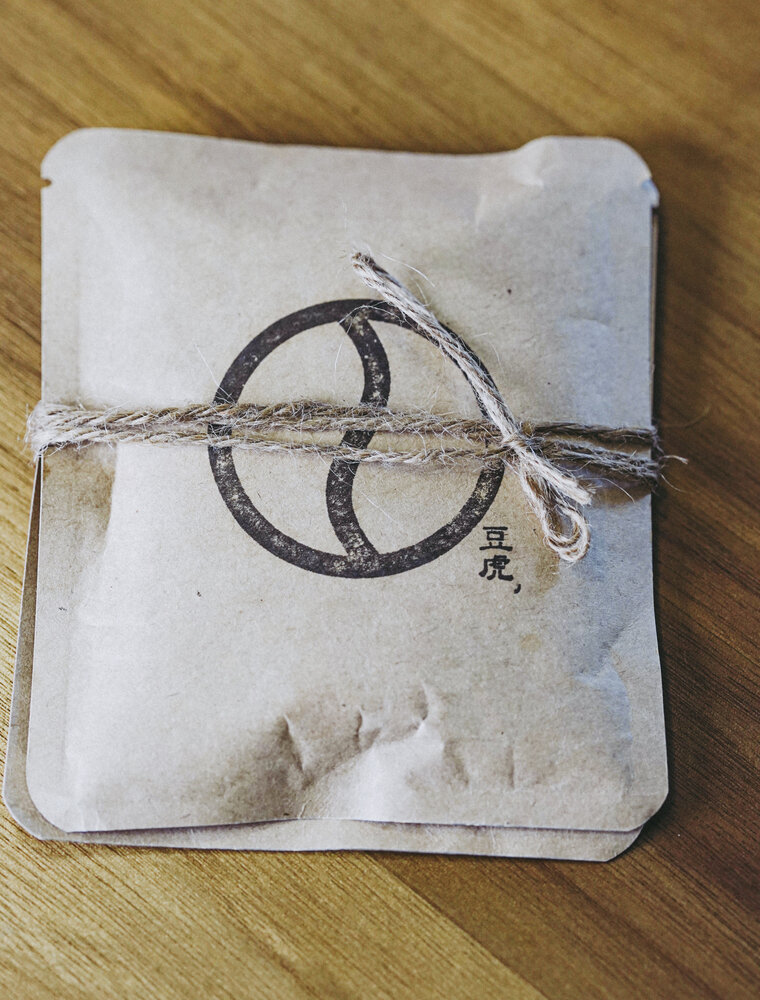“In a country historically known for its tea, you’ll be surprised to hear that Coffee is now 3rd globally in total consumption among importing countries.”
Tea has its roots from China, and coffee from Africa via introduction from Europe. Both old world beverages come steeped in history as their paths intersected in Japan centuries ago.
But it was the Japanese people, well known for their single-mindedness to perfection who brought out the best in their coffees.
Refinement is the means. There is no end in the path to perfection.
“The Japanese way is best espoused by exercising a discipline, knowing that one never becomes the best at it.”
I am always excited when I visit Japan and I try to make my pilgrimage to the iconic kissaten (traditional coffee house) to take in the old world charm and to consume a product that had been refined through the generations of coffee shop owners. Kiyomi Motomura blogs about the differences between a modern day cafe and a kissaten and makes a strong case on why you should visit one. A kissaten 喫茶店 is similar to a café in that they are both considered coffee shops, but there are a few important differences.
At specialty coffeeshops, espresso is widespread and common. But in a traditional Japanese kissaten (pronounced key-sa-ten), you’re likely to find pour over coffee, each cup individually hand-dripped. Pour over is the reigning style of coffee-making in Japan. Coffee masters in Japan historically resisted the espresso machine as coffee produced with a machine wasn’t considered a handmade product; the device interfered between the coffee and its maker.
“Nestled deep among the busy alleys of the Akasaka suburb in Japan, it is easy to miss Mametora coffee, a tiny coffee house located among a lively suburb choked full of eateries, clubs & pubs.”
Coffee masters in Japan historically resisted the espresso machine as coffee produced with a machine wasn’t considered a handmade product; the device interfered between the coffee and its maker.
The single-serve often comes with a less than stellar reputation. The conventional knowledge in third-wave coffee is to roast coffee beans light and to grind them fresh. Anything pre-packaged was shunned. The word “instant” is frowned upon for reasons that should be obvious.
Back home in Singapore, I am eager to taste test a single-serve drip coffee that was gifted to us from Mametora Coffee.
I wasn’t initially sure of how I felt towards this combination. Pre-packaged coffee from a place and culture renowned for artisanal pursuit of perfection. It’s a strange dichotomy.
The brew instructions spelt out in halting English was not the most accurate and even was mildly hilarious. But all of these little quirks added to its whimsical charm.
Today, I’m brewing the Samurai single origin. (I think?) It couldn’t have been more vague.
Upon tearing open the package, the coffee smelled of old spice. It is fragrant but there is nothing floral about it. Besides its mysterious origin, I was none the wiser about the varietal nor the processing method. Was it dry processed or was it washed? I was brewing blind. To the non-initiated, coffee nerds like to know what to expect, in order to coax the best brew within its given parameters. Since this smelled mildly spicy, I decided to go for a slower and cooler extraction method, boiling it up with 88 Celsius water.
A quick weigh on the digital scale throws up about 11 grams of finely ground coffee. In the spirit of experimentation, I eyeballed a ratio of 1:14 where 11g of coffee grounds should yield 154g a cup of that delicious dark beverage.
Quick verdict - A pleasant surprise! This really throws me back to the experience of sitting in a smoky kissaten, everyone in the establishment no younger than 50 years of age. The brew is smoky and full of body, much like a traditional Kissaten brew. The quality is nowhere close to a manual brew by a grumpy old Japanese behind the counter, no doubt, but for a pre-packaged single serve, this comes pretty darn close. All of the smoky flavour in a ready-to-go drip bag. I shall be looking out for Mametora the next time I visit Japan.













